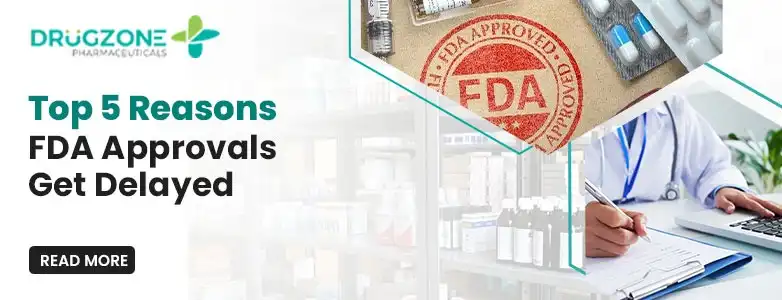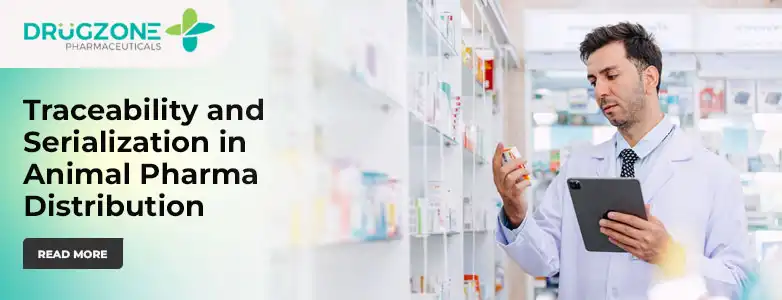
Posted On: May 30, 2025
How the U.S. Leads in Cancer Drug Development
The United States stands at the forefront of medical innovation when it comes to fighting cancer. With a powerful combination of world-class research institutions, pharmaceutical companies, and regulatory bodies like the FDA, the U.S. has become a global leader in cancer drug development.
But it's not just about making breakthroughs. Yes, it's also about getting those treatments into the hands of patients as safely and quickly as possible.
From the early stages of clinical trials to large-scale manufacturing and distribution, the U.S. ecosystem is built to support progress at every step. Behind each promising new therapy are drug distribution companies that play a crucial role in ensuring patients get timely access to life-saving medications.
Here Are Some Staggering Market Insights
The United States is cementing its leadership in the global oncology drug market with remarkable financial projections.
In 2025, the market is expected to generate an impressive US$111.50 billion, positioning the country as the highest revenue generator worldwide in the oncology drugs segment. This figure alone reflects not just demand, but also the country’s robust infrastructure for innovation, clinical trials, and pharmaceutical distribution.
What’s even more notable is the anticipated annual growth rate of 6.22% between 2025 and 2029, propelling the market volume to an estimated US$141.95 billion by 2029.
This upward trajectory indicates sustained investment, breakthrough innovations, and the accelerated adoption of targeted therapies, a critical factor redefining cancer treatment protocols in the U.S.
As pharmaceutical companies and drug distribution companies scale operations to meet this demand, the market outlook remains not only promising but transformative.
5 Ways the U.S. Drives Cancer Drug Development
Here's how the country nails the R&D in cancer treatment drugs with utmost efficiency!
1. A Strong Network of Research Institutions and Funding
A major reason why the U.S. leads in cancer drug development is its vast network of academic research centers and hospitals. Institutions like the National Cancer Institute (NCI), MD Anderson, and Memorial Sloan Kettering drive much of the innovation in this space.
These organizations not only conduct cutting-edge studies but also collaborate with biotech firms to bring discoveries from lab to clinic.
Plus, funding in the U.S. for cancer research is extensive. The government, through organizations like the National Institutes of Health (NIH), invests billions of dollars into cancer-focused projects.
This level of funding allows researchers to test new drugs, explore personalized treatments, and improve the overall understanding of how cancer behaves.
2. Advanced Clinical Trial Infrastructure
The U.S. has a streamlined clinical trial process that helps accelerate the development of new cancer therapies.
With a clear framework for Phases I through IV, the FDA ensures safety while allowing promising treatments to move quickly through the pipeline. This structure encourages pharmaceutical companies to innovate without getting lost in bureaucratic delays.
Also, the country has a diverse patient population, which enables more inclusive and reliable trial results. Thanks to this, cancer drugs developed in the U.S. often meet global standards and are widely adopted in other countries as well.
3. Pioneering Precision Medicine and Immunotherapy
The U.S. is a pioneer in advanced treatments like immunotherapy and precision medicine. These drugs harness the body’s immune system to fight cancer, and were first developed and approved in the U.S.
Similarly, genetic testing has opened doors to therapies that are tailored to an individual’s specific cancer profile, thus making treatments more effective and less toxic.
These innovations are not just theoretical, but they’re changing lives. And because the U.S. has the resources, knowledge, and regulatory flexibility to support these breakthroughs, it continues to set the standard for the rest of the world.
4. Efficient Drug Manufacturing and Distribution Ecosystem
None of these medical advancements would matter if patients couldn’t access the drugs. That’s where drug distribution companies play a vital role.
In the U.S., pharmaceutical supply chains are highly organized and responsive, ensuring that cancer medications move from manufacturers to hospitals, pharmacies, and clinics without delay.
These companies also comply with regulations like the Drug Supply Chain Security Act (DSCSA), which helps ensure that medications are genuine, safe, and traceable. From handling temperature-sensitive drugs to preventing counterfeits, U.S.-based distribution systems are equipped to support the delivery of even the most complex cancer treatments.
5. Strong Regulatory Oversight for Safety and Speed
The FDA, known globally for its rigorous standards, plays a pivotal role in fast-tracking effective cancer drugs. Through initiatives like the Breakthrough Therapy Designation and Accelerated Approval Program, the FDA enables quicker access to promising treatments without compromising on safety.
This regulatory clarity encourages innovation. Pharmaceutical companies can invest confidently in new cancer treatments knowing there’s a well-defined path for approval, and often faster than in many other countries.
6. Strategic Partnerships Between Public and Private Sectors
Public agencies, academic institutions, biotech startups, and large pharmaceutical firms often work together on cancer drug discovery and development. Programs like the Cancer Moonshot, launched by the U.S. government, unite resources across sectors to speed up progress.
These strategic partnerships help fill funding gaps, improve trial diversity, and shorten the time between discovery and delivery.
Drugzone Powers Oncology Drug Distribution
The future of oncology depends on both innovation and dependable distribution.
Drugzone plays a key role among drug distribution companies by ensuring cutting-edge cancer therapies reach providers without delay or disruption. With specialized logistics and a commitment to excellence, we help bridge the gap between lab and patient.
Frequently Asked Questions (FAQs)
Q. What role do drug distribution companies play in U.S. cancer drug development?
They ensure timely and compliant delivery of advanced cancer therapies to healthcare providers and research centers.
Q. Why is the U.S. a leader in cancer drug innovation?
Factors include strong R&D funding, fast-track FDA programs, and collaboration between biotech firms and academic institutions.
Tags
Latest Posts
Similar Posts
-
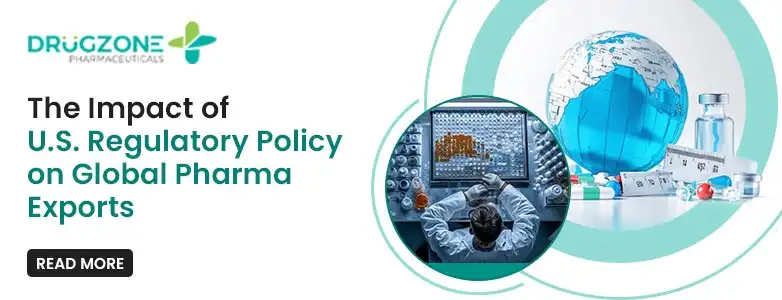
The Impact of U.S. Regulatory Policy on Global Pharma Exports
-
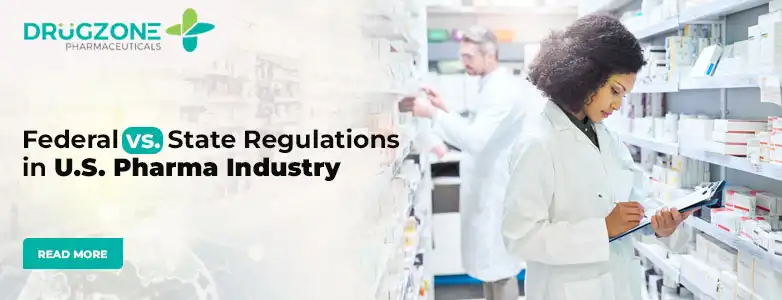
Federal vs. State Regulations in the U.S. Pharma Industry
-

Top 5 Legal Risks Facing Pharmaceutical Companies in USA
-

The Importance of Pharmacovigilance in Wholesale Distribution
-
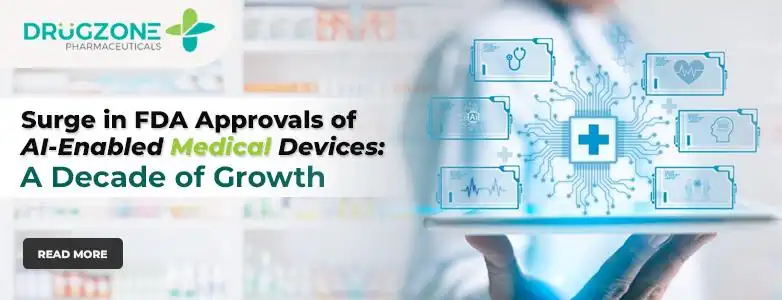
Surge in FDA Approvals of AI-Enabled Medical Devices: A Decade of Growth

